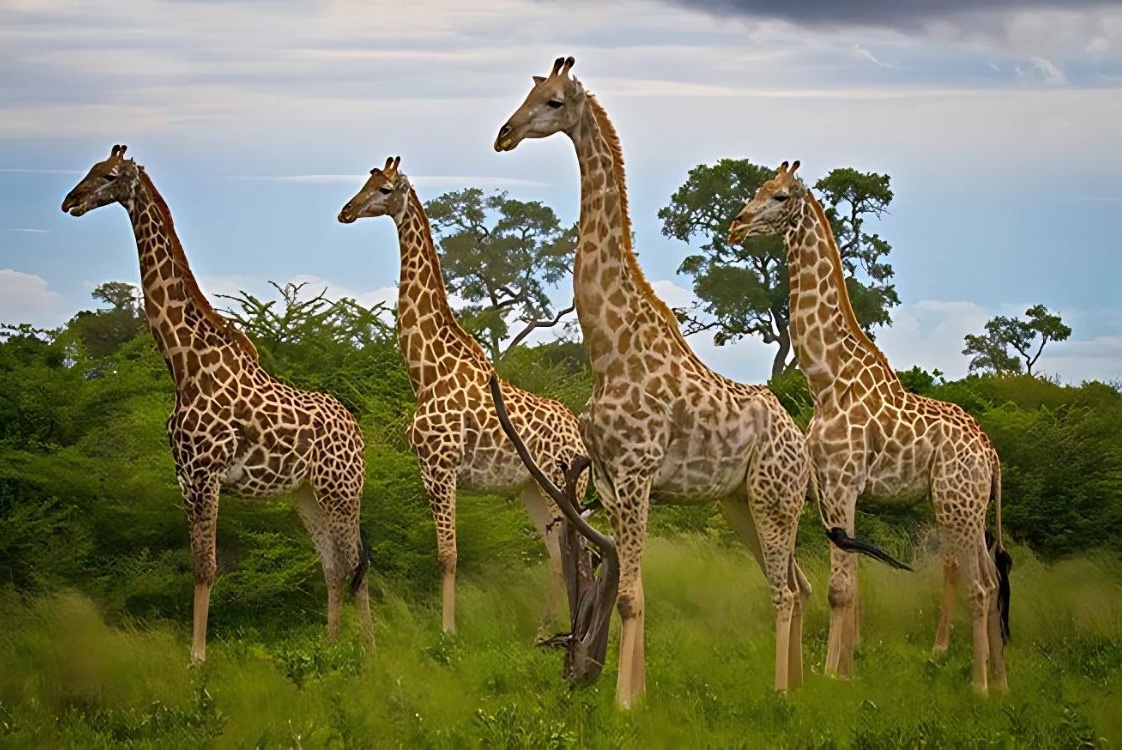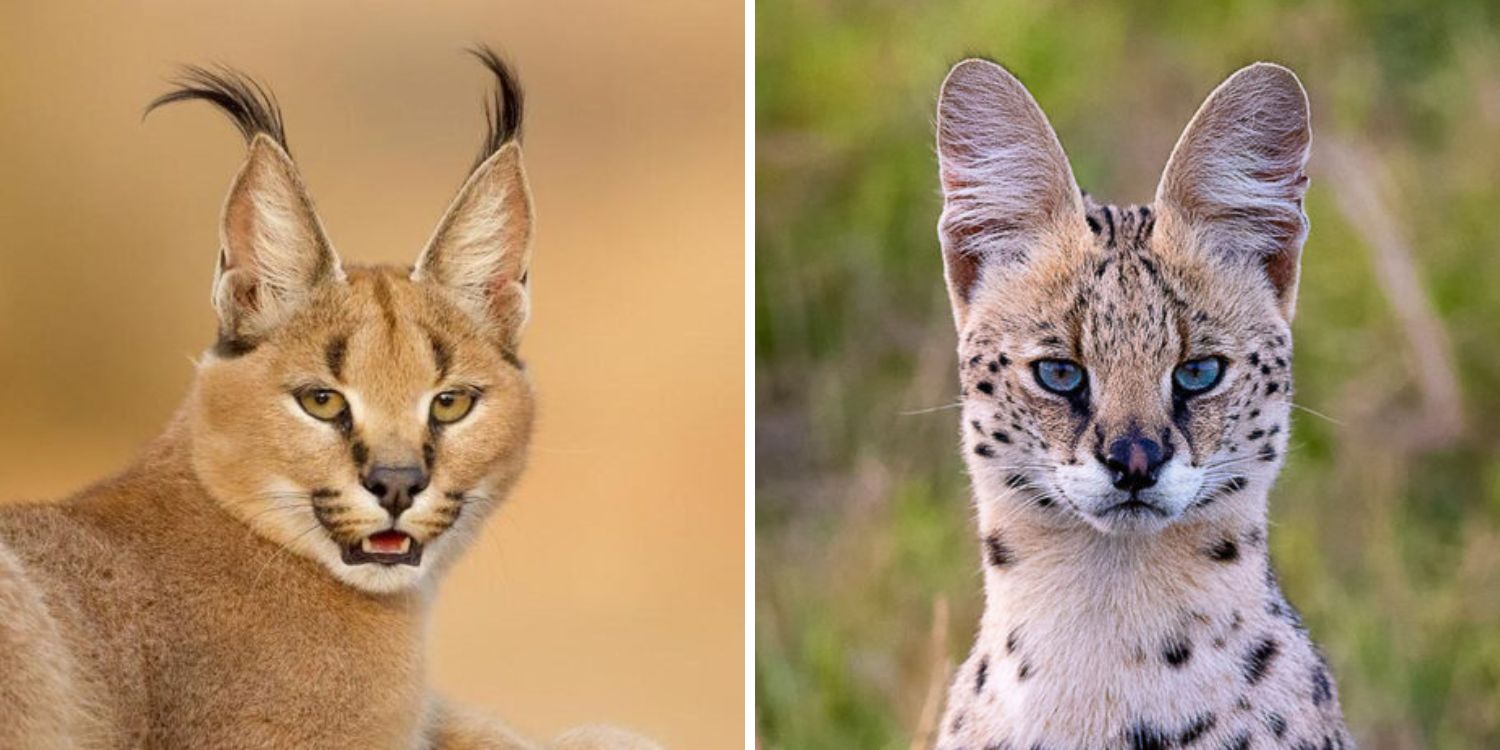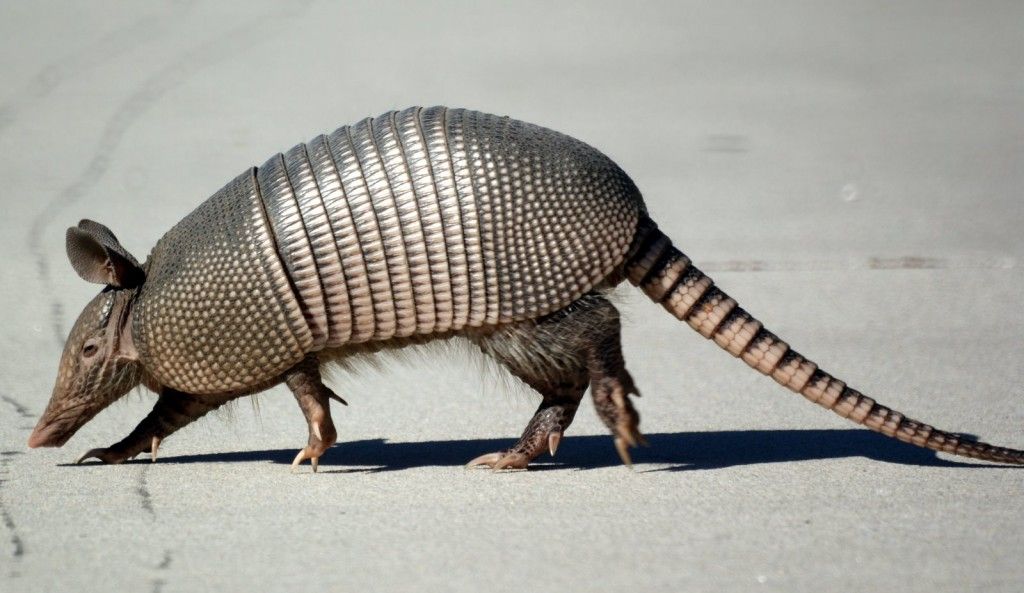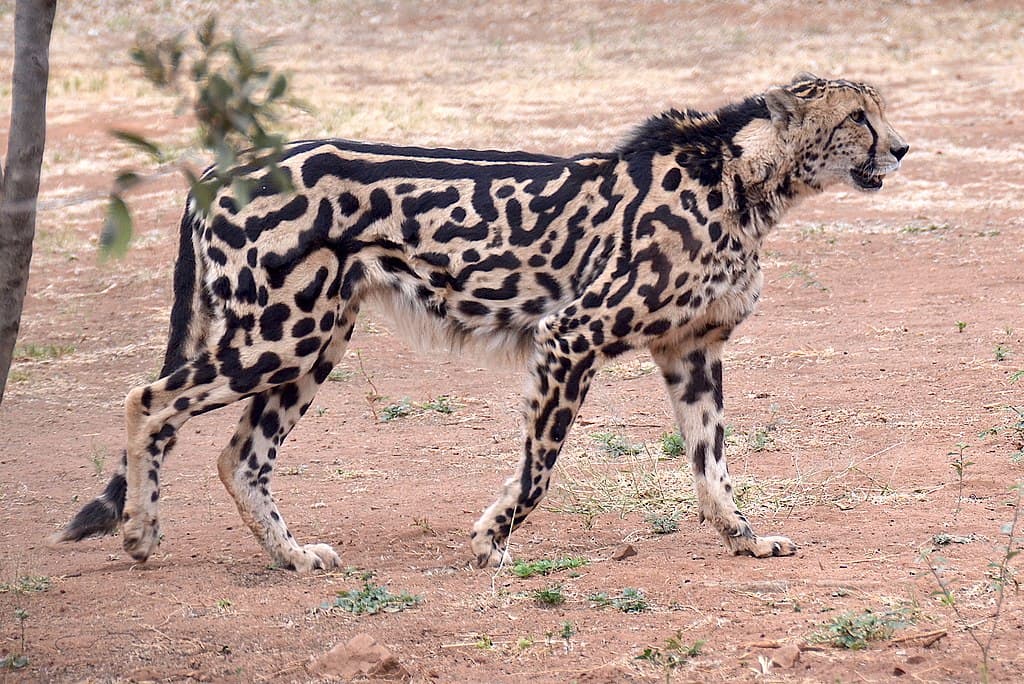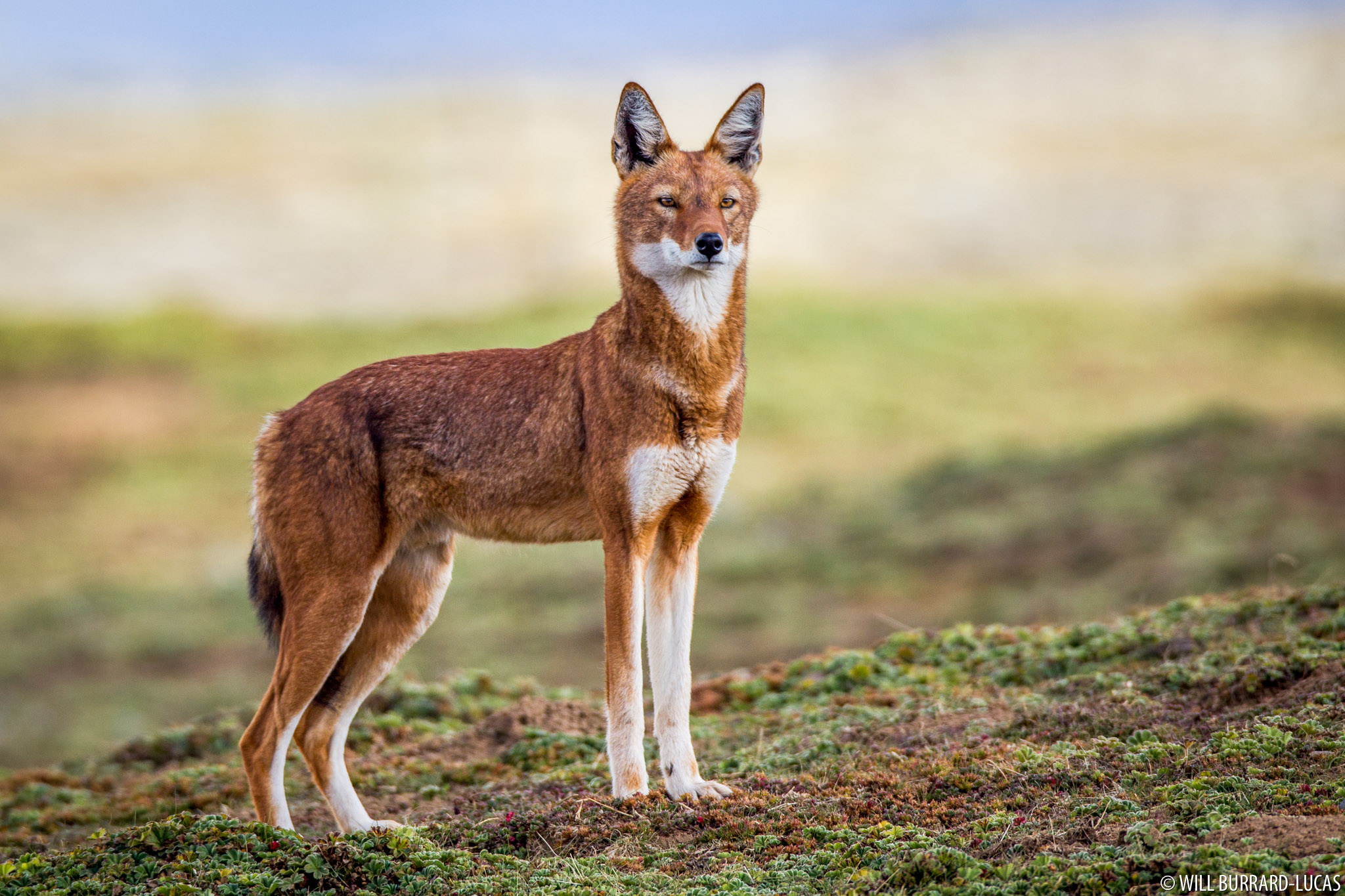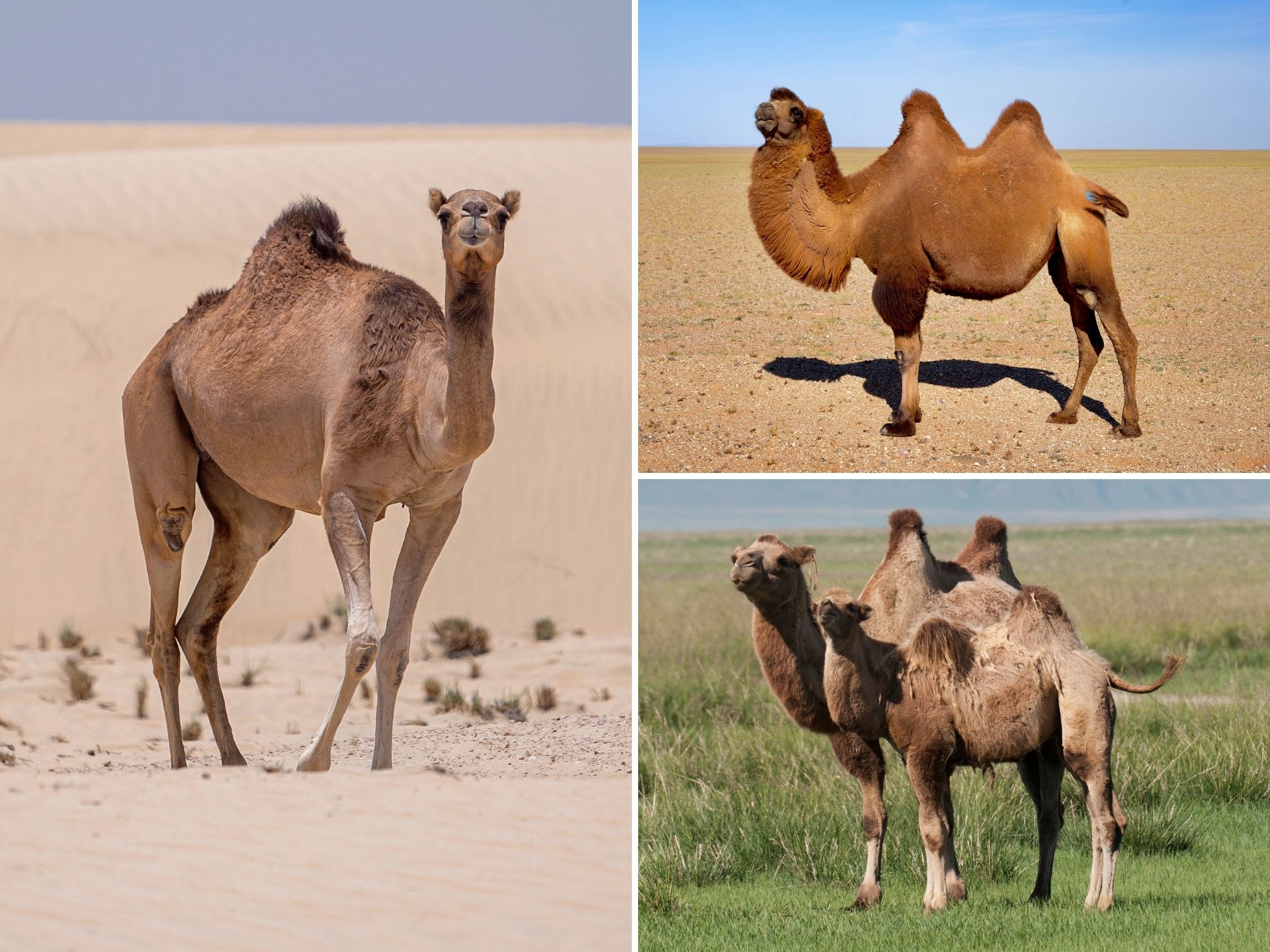
When you think of camels, the image that likely comes to mind is a tall, humped creature crossing a desert under the hot sun. But did you know that there are three distinct species of camels, each with their own fascinating adaptations and habitats? Let’s dive into the world of camels and get to know the different types: the Dromedary, the Bactrian, and the Wild Bactrian camel.
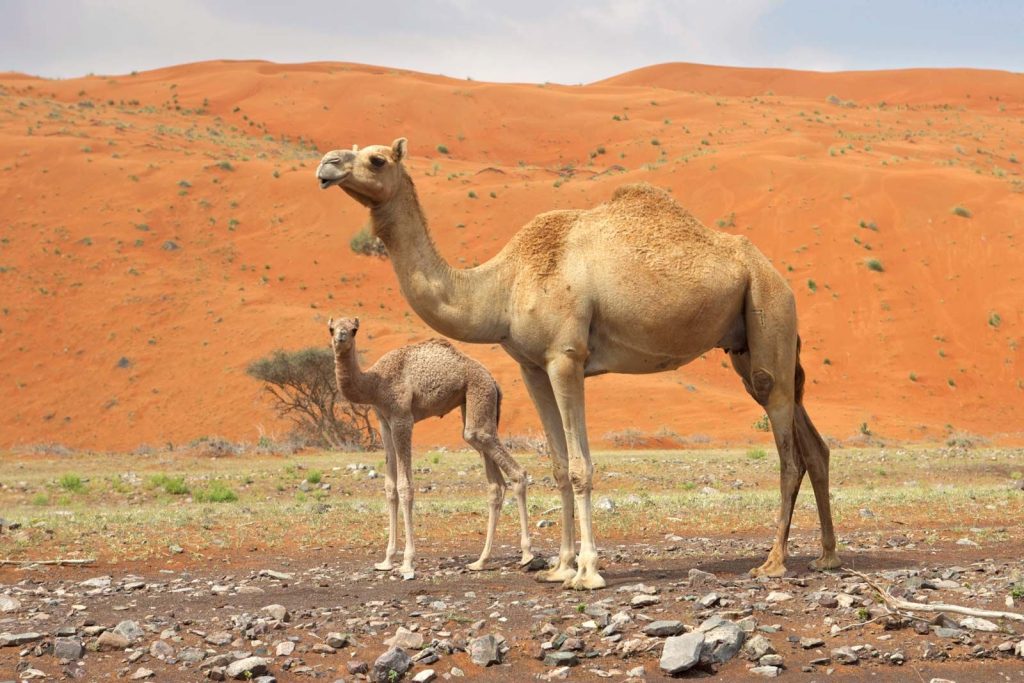
1. Dromedary Camel (Camelus dromedarius)
Nickname: The Arabian Camel
Number of Humps: One
Habitat: Deserts of the Middle East and North Africa
The Dromedary is the most well-known camel species and makes up about 90% of the world’s camel population. With a single hump, this camel is built for life in hot, arid climates. That hump stores fat—not water as often believed—which can be converted into energy when food is scarce. Dromedaries are incredibly efficient travelers, capable of going days without water and walking miles through harsh desert landscapes.
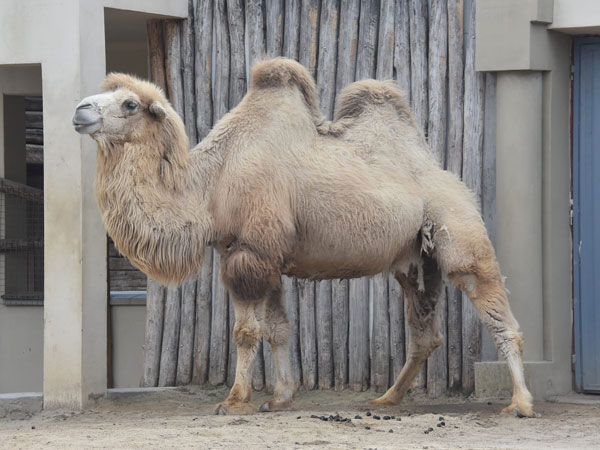
2. Bactrian Camel (Camelus bactrianus)
Nickname: The Two-Humped Camel
Number of Humps: Two
Habitat: Central Asia (Mongolia, China, and surrounding regions)
Bactrian camels are easy to spot thanks to their two large humps. Unlike the Dromedary, they are built for colder climates and rough terrain. Their thick coats protect them from frigid temperatures, and their sturdy bodies are ideal for carrying heavy loads across mountains and steppes. Bactrian camels have long been important pack animals along ancient trade routes like the Silk Road.
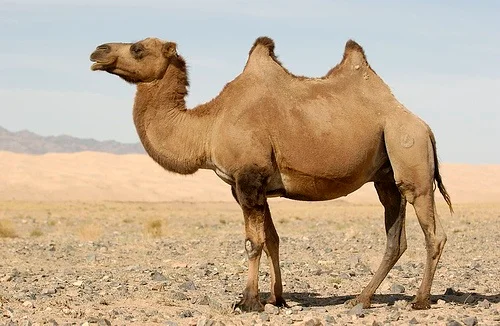
3. Wild Bactrian Camel (Camelus ferus)
Nickname: The Wild Survivor
Number of Humps: Two
Habitat: Remote deserts of China and Mongolia
The Wild Bactrian camel is critically endangered and is considered a separate species from the domesticated Bactrian. These hardy creatures live in some of the most inhospitable environments on Earth, including areas with salty water sources that other animals can’t drink. They are incredibly shy and elusive, making them difficult to study in the wild. Fewer than 1,000 are believed to remain in their natural habitats.
Camel Fun Facts:
- Camels can close their nostrils to keep out sand.
- Their long eyelashes protect their eyes from desert winds.
- Camels’ thick lips allow them to eat thorny plants that other animals avoid.
- Despite their size, camels can run up to 40 miles per hour (64 km/h) in short bursts!
Final Thoughts
Whether crossing the Sahara or surviving in the cold deserts of Asia, camels are true champions of adaptation. From the common Dromedary to the rare Wild Bactrian, each camel species has a unique story that highlights nature’s remarkable ingenuity. Next time you see a camel, take a moment to wonder: is it a one-hump or two-hump wonder?
Disclaimer: This blog post is for edutainment purposes only and may not be entirely accurate.

